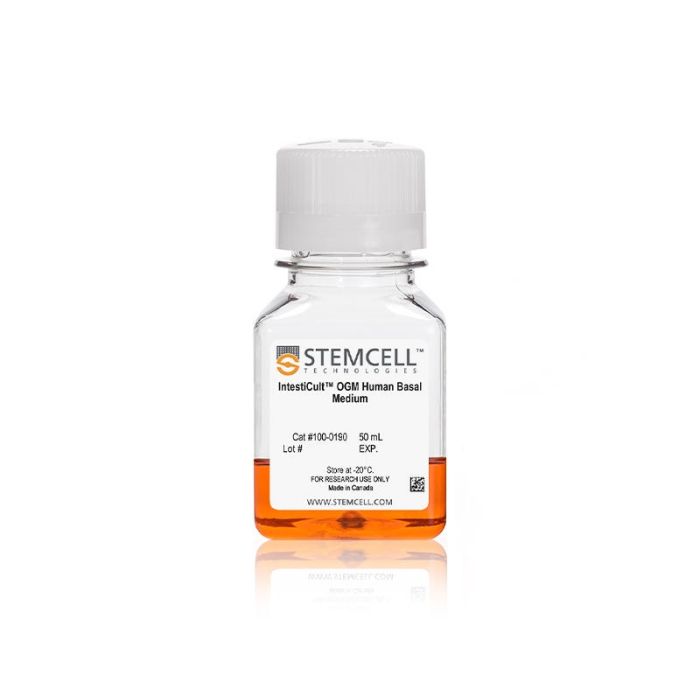产品号 #100-0190_C
用于建立和维持人结直肠癌类器官的培养基
若您需要咨询产品或有任何技术问题,请通过官方电话 400 885 9050 或邮箱 info.cn@stemcell.com 与我们联系。
使用IntestiCult™ 类器官生长基础培养基 (人)高效培养不依赖 Wnt 的结直肠癌类器官。
肿瘤类器官作为一种体外系统具有较高的预测价值,因为它们保留了原发肿瘤的特征。使用IntestiCult™ 类器官生长基础培养基 (人)可为肿瘤类器官的生长和扩增提供最佳培养条件,同时保持肿瘤的异质性。该培养基不含 Wnt,可确保 Wnt 依赖的正常健康肠道细胞不会混入肿瘤类器官的培养。
使用IntestiCult™ 类器官生长基础培养基 (人)生成的肿瘤类器官适用于多种应用,包括模拟肿瘤发展,以及用于药物疗效和毒性的筛选。
关于培养健康的肠道类器官,请使用IntestiCult™ 类器官生长培养基 (人)或IntestiCult™-SF 类器官生长培养基 (人)。关于人肠道类器官的分化,请参考IntestiCult™ 类器官分化培养基 (人)。
欢迎通过我们的免费点播课程学习人肠类器官的培养方法,或浏览关于使用 IntestiCult™ 进行类器官培养流程的常见问题(FAQs)。此外,您还可以下载我们的电子书《肠道类器官培养方案:入门指南及进阶方案》,获取肠类器官培养方案的精选合集。
细胞类型
癌细胞及细胞系,上皮细胞,肠道细胞
种属
人
应用
类器官培养
品牌
IntestiCult
研究领域
癌症,疾病建模,药物发现和毒理检测,上皮细胞研究,类器官
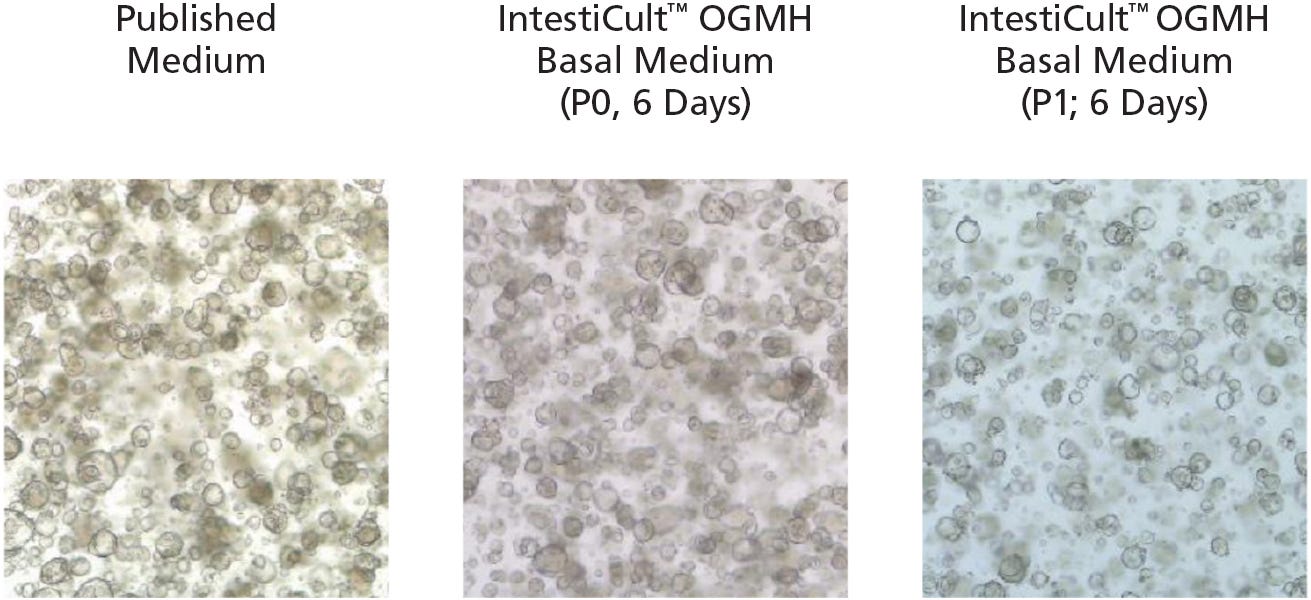
Figure 1. Growth of Cancer-Derived Organoids in IntestiCult™ OGM Human Basal Medium
Organoids were established from colorectal cancer biopsies in published medium1, then switched to IntestiCult™ OGMH (P0), as described below. Cancer-derived organoids demonstrated efficient growth both after establishment in IntestiCult™ OGM Human Basal Medium, as well as after passaging. Data used with permission from Hubrecht Organoid Technology.
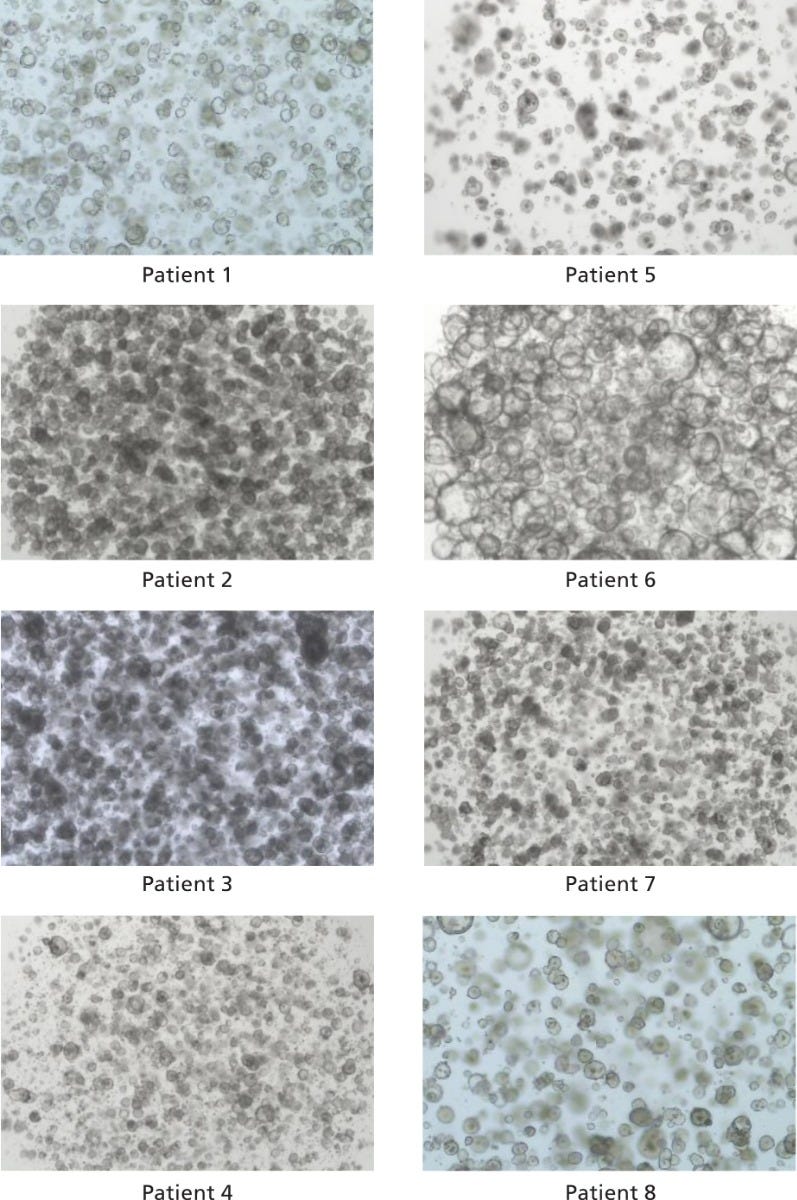
Figure 2. IntestiCult™ OGM Human Basal Medium Enables Organoid Growth Across Different Patients
Organoids were established in published medium1 from colorectal tumor biopsy samples, then switched to IntestiCult™ OGM Human Basal Medium after passaging as described above. Organoids were passaged twice in IntestiCult™ OGMH Basal Medium and imaged at the end of the second passage (day 6 - 12). Data used with permission from Hubrecht Organoid Technology.

Figure 3. Colorectal Cancer Organoids Reflect Donor-Specific Colonic Features
Representative confocal images of human colorectal cancer organoids from four donors, cultured using IntestiCult™ OGM Human Basal Medium. Organoids were fixed and stained for Ki67 (green), EPCAM (red) and DAPI (Blue). Donor-specific differences in morphology were observed, including polarization and hollow lumens (A, B), or denser structures, lacking distinct epithelial polarization (C, D). Scale bars = 50 µm.
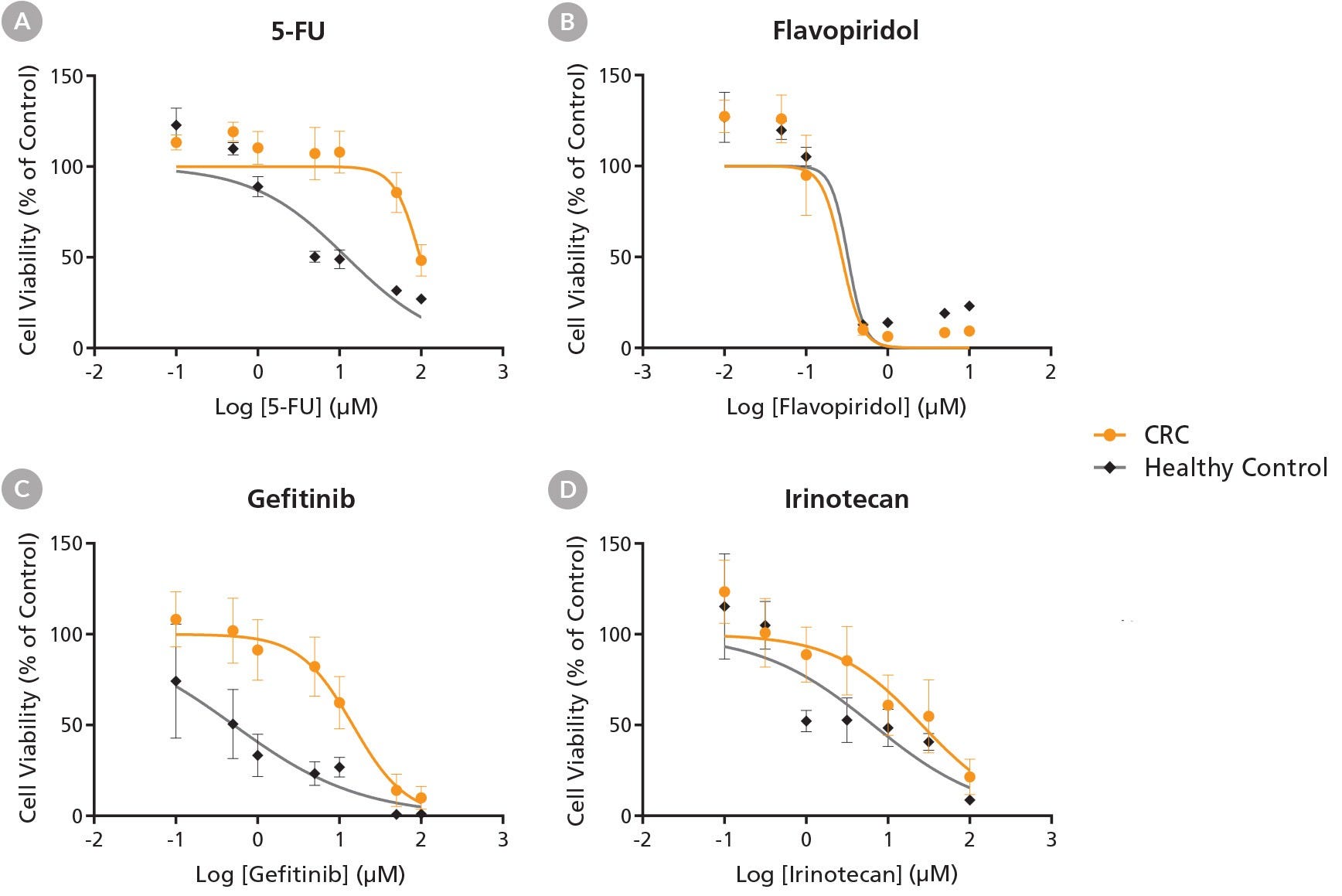
Figure 4. Colorectal Cancer Organoids Cultured in IntestiCult™OGM Human Basal Medium Are Sensitive to Drug-Induced Toxicity in a Dose-Dependent Manner
Colorectal cancer organoids (CRCs) from 4 donors were treated with increasing concentrations of (A) 5-FU, (B) Flavopiridol, (C) Gefitinib, or (D) Irinotecan, and were compared to organoids from a healthy colon donor for 5 days. Cell viability was assessed on Day 7 using the CellTiter-Glo® Cell Viability Assay (Promega). Error bars = SEM.
请在《产品说明书》中查找相关支持信息和使用说明,或浏览下方更多实验方案。
本产品专为以下研究领域设计,适用于工作流程中的高亮阶段。探索这些工作流程,了解更多我们为各研究领域提供的其他配套产品。
Thank you for your interest in IntestiCult™ Organoid Growth Medium (Human). Please provide us with your contact information and your local representative will contact you with a customized quote. Where appropriate, they can also assist you with a(n):
Estimated delivery time for your area
Product sample or exclusive offer
In-lab demonstration
| 物种 | 人类 |
|---|
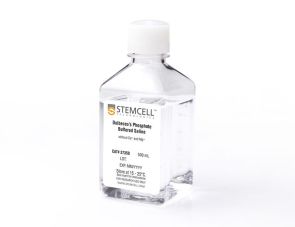
杜氏磷酸盐缓冲液,不含钙和镁离子
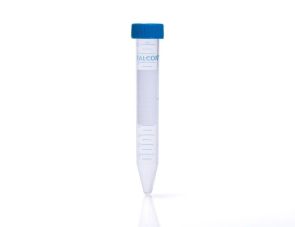
用于细胞分离和细胞培养的无菌聚丙烯锥形管

非无菌、透明、聚丙烯卡扣式微量离心管
扫描二维码或搜索微信号STEMCELLTech,即可关注我们的微信平台,第一时间接收丰富的技术资源和最新的活动信息。
如您有任何问题,欢迎发消息给STEMCELLTech微信公众平台,或与我们通过电话/邮件联系:400 885 9050 INFO.CN@STEMCELL.COM。
在线联系

